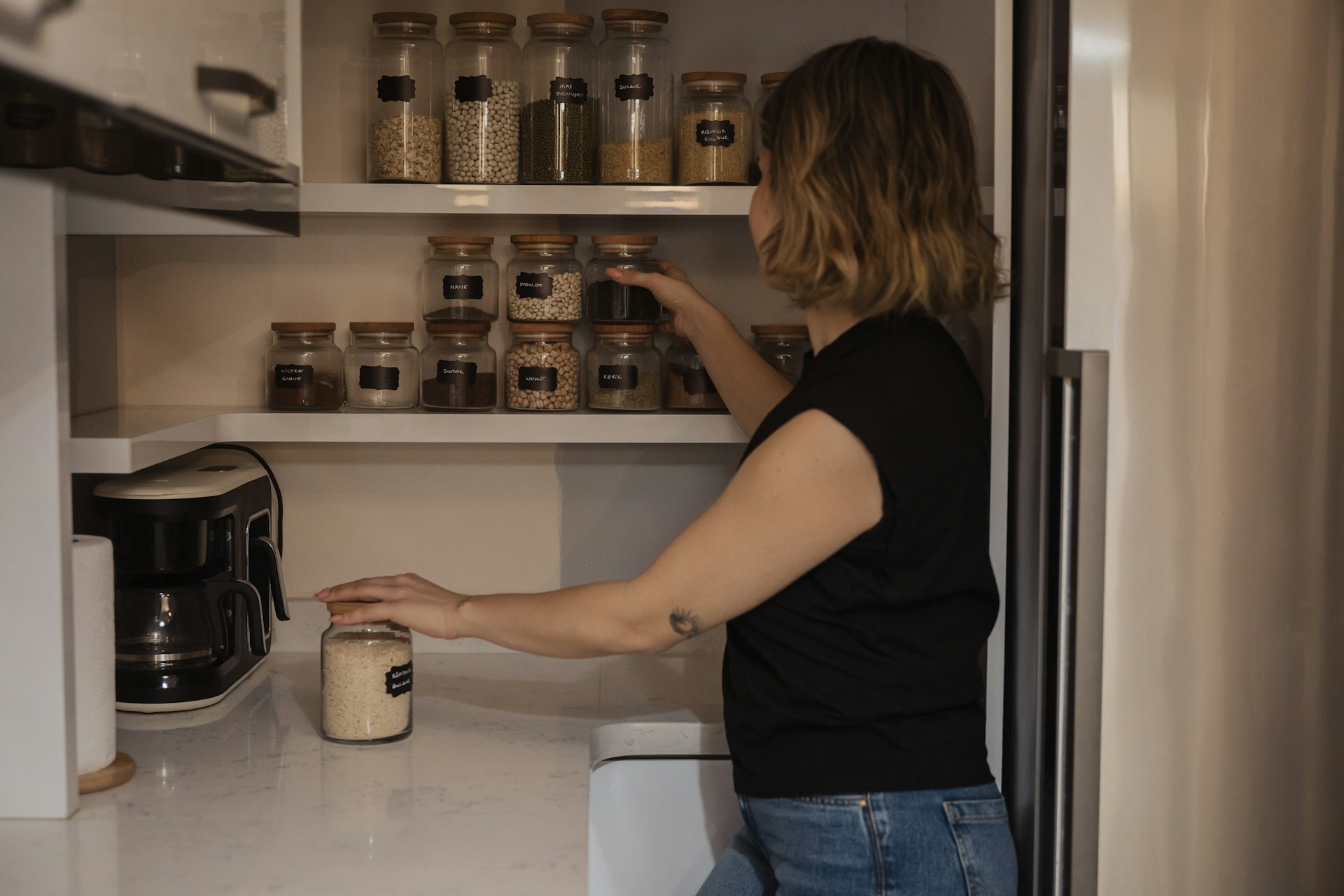Nutrition
Boost Your Health: Stock Your Pantry with These 15 Essentials

As a nutritionist, I can’t stress enough the importance of meal planning. However, I understand that it’s not always feasible to pre-plan meals. If you’re struggling to master the art of meal planning, don’t worry! You can still eat healthily by simply stocking your pantry with the right foods. Here are 15 essentials that you should always have on hand for quick and healthy meals.
Chickpeas are a versatile ingredient that can be used in a variety of dishes. From soups and stews to wraps and salads, there’s no shortage of ways to incorporate this protein and fiber-rich legume into your meals. Plus, they’re high in manganese, which supports bone health, and folate, a B vitamin that helps create new cells and form DNA.
Chicken is a staple in many households, and for good reason. It’s a lean source of protein that can be used in a variety of dishes, from stir-fries and sandwiches to pastas and soups. Plus, it’s easy to store and preserve, making it a great option for meal prep.
Smoked salmon is another great source of protein that’s ready to eat straight out of the package. It’s rich in omega-3 fatty acids, which are beneficial for heart and brain health, and it’s also a good source of vitamins A and E, which are antioxidants that combat inflammation.
Tofu is a versatile plant-based protein that can be used in a variety of dishes. It’s also a good source of calcium, making it a great option for those who don’t consume dairy. Plus, research shows that tofu may even help prevent hormone-related cancers.
Red lentils are a great source of fiber and protein, and they’re also high in antioxidants. They’re perfect for making daal, an Indian stew that’s packed with flavor.
Whole wheat spaghetti is a great option for a quick and easy meal. It’s high in fiber, which helps regulate digestion, may promote healthy weight maintenance, and can help reduce cholesterol.
Quinoa is a nutritious grain that’s high in fiber and protein. It’s also rich in anti-inflammatory flavonoids and several essential minerals.
Quick-cooking oats are a great option for a quick and healthy breakfast. They’re high in soluble fiber, which has been linked to lower cholesterol levels and improved gut health.
Bone broth is a flavorful and nutritious alternative to regular broth. It’s rich in collagen, glucosamine, and chondroitin, which could reduce joint pain. Other potential benefits include improvements in digestive health, sleep, and brain function.
Finally, grape tomatoes are a great addition to any meal. They’re high in the antioxidant lycopene, which is known to reduce the risk of heart disease and cancer. Plus, they’re a significant source of folate, potassium, and vitamins C and K.
By keeping these 15 foods on hand, you’ll always have the building blocks for a healthy meal. So even if you haven’t mastered the art of meal planning, you can still eat well and take care of your health.
Let us know what you think, please share your thoughts in the comments below.
